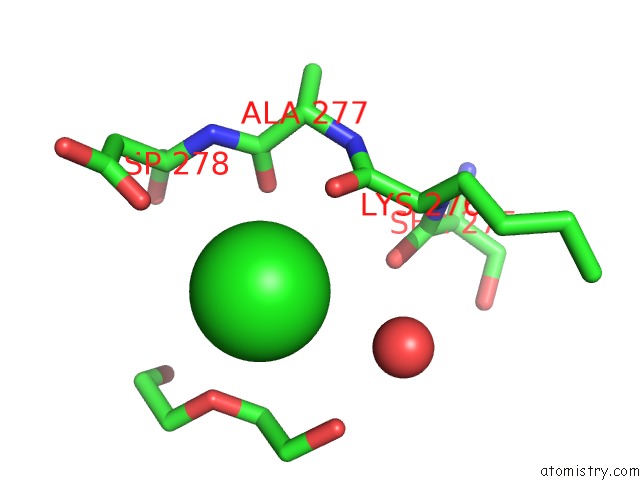

Eluted protein fractions were then immediately applied to supporting grids for the cryo-EM study. The purified protein sample was homogeneous and could bind porphyrin substrates which stimulated ATP hydrolysis (Figure S1). The proteins were extracted from the membrane and purified with lauryl maltose neopentyl glycol (LMNG). The cryo-EM sample was generated from full-length ABCB6 proteins expressed in HEK293F cells. The obtained structure unravels the architecture of the first known full-length ABCB subfamily that harbors two TMD0s and implies the existence of a distinct substrate transport mechanism of porphyrins. To illustrate the porphyrin translocation mechanism and potential roles of TMD0 in ABCB6 function, we herein determined the 3D structure of human mitochondrial ABCB6 using single particle cryo-electron microscopy (cryo-EM). 16, 17 However, no ABCB subfamily transporter with two TMD0s has yet been reported. Recently, the structures of two ABCC subfamily members, the multidrug resistant transporters MRP1 and SUR1, were determined to have a single TMD0. Such TMD0 domains are only present in ABCB and ABCC subfamilies. Besides a canonical core domain structure formed by two TM domains (TMDs, i.e., TMs 6–11) and two cytoplasmic nucleotide-binding domains (NBDs), ABCB6 was predicted to contain an additional N-terminal TMD0 (i.e., TMs 1–5) in each subunit. Structurally, human ABCB6 is a homodimeric ABCB subfamily transporter, with each subunit containing 842 amino acid residues and 11 transmembrane (TMs) helices. The absence of ABCB6 protein expression on RBCs will lead to a rare blood phenotype Langereis (Lan). 14 In addition to its role as a transporter, ABCB6 is also a Lan blood group antigen expressed on RBCs. 12, 13 The overexpression of ABCB6 enhances drug resistance against the antineoplastic drug SN-38 and vincristine, suggesting that the transporter is a potential anti-cancer therapeutic target. 1, 3 ABCB6 has also been shown to protect cells from oxidative stress 11 and drug toxicity. Several studies have suggested that ABCB6 is also presented in other membrane systems like intracellular endo/lysosomal compartment 6- 9 or the plasma membrane, 10 which is consistent with its ability to confer tolerance to toxic heavy metals. 4 ATP-driven translocation of porphyrin into mitochondria is severely impaired in the absence of ABCB6, 5 highlighting the role of ABCB6 in heme precursor translocation. 2, 3ĪBCB6 was first reported to be located in the mitochondrial outer membrane as a porphyrin transporter which involved in the translocation of coproporphyrinogen III from the cytoplasm into the mitochondria for heme biosynthesis. 2 Sequence analysis indicates that ABCB6 is a human functional homologue of heavy metal tolerance factor 1. 1 It was originally isolated from liver by screening P-glycoprotein-like genes related to drug resistance. This study also provides indirect evidence for the intrinsically disordered nature of two N-terminal regions of NHBA.ATP-binding cassette transporter 6 of subfamily B (ABCB6) is a widely expressed ABC transporter that has been found in many tissues, especially in liver, muscle, red blood cells (RBCs), and skin. As expected, these Fabs also show remarkable structural conservation, as shown by a structural comparison of 15 structures of apo Fab 10C3 which were obtained from crystals grown in different crystallization conditions and were solved while searching for a complex with a bound NHBA fragment or epitope peptide. Through a high-resolution analysis of the organization and the amino-acid composition of the CDRs, these structures provide broad insights into the NHBA epitopes recognized by the human immune system. As part of a study to characterize the three-dimensional structure of NHBA and the molecular basis of the human immune response to Bexsero, the crystal structures of two fragment antigen-binding domains (Fabs) isolated from human monoclonal antibodies targeting NHBA were determined. Neisserial heparin-binding antigen (NHBA) is a surface-exposed lipoprotein from Neisseria meningitidis and is a component of the meningococcus B vaccine Bexsero.


 0 kommentar(er)
0 kommentar(er)
